Plant Structure and function -> rocky coastlines
Rocky Coastlines
Rocky coastlines are unique and dynamic environments where land meets the sea. They are characterized by rugged, rocky shores and are often shaped by the relentless force of waves and tides. These coastlines are rich in biodiversity and provide a variety of habitats for marine life.
Formation of Rocky Coastlines
Rocky coastlines are formed through a combination of geological processes, including uplift, erosion, and weathering. The constant pounding of waves against the rocky cliffs gradually wears away the rock, creating a variety of coastal landforms such as sea caves, arches, and stacks.
Ecology of Rocky Coastlines
Rocky coastlines provide habitat for a diverse array of marine organisms, including algae, mollusks, crustaceans, and fish. The intertidal zone, which is the area between high and low tide, is particularly rich in biodiversity, with organisms adapted to withstand the harsh conditions of wave action and exposure to air and sunlight.
Human Impact on Rocky Coastlines
Human activities such as coastal development, pollution, and overfishing can have detrimental effects on rocky coastlines and the organisms that inhabit them. Conservation efforts are important for preserving the ecological integrity of these unique ecosystems.
Study Guide
- Describe the geological processes involved in the formation of rocky coastlines.
- Explain the importance of the intertidal zone in rocky coastline ecosystems.
- Discuss the potential impacts of human activities on rocky coastlines and the measures that can be taken to mitigate these impacts.
- Identify and describe three unique coastal landforms that can be found along rocky coastlines.
- Research and present a case study of a rocky coastline conservation project or marine protected area.
Understanding the dynamics of rocky coastlines is essential for appreciating the ecological significance of these environments and for formulating strategies to protect and conserve them.
.◂Science Worksheets and Study Guides Fourth Grade. Plant Structure and function

 Worksheet/Answer key
Worksheet/Answer key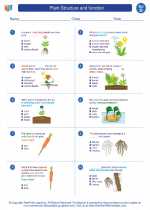
 Worksheet/Answer key
Worksheet/Answer key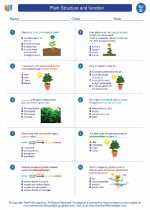
 Worksheet/Answer key
Worksheet/Answer key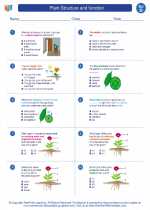
 Vocabulary/Answer key
Vocabulary/Answer key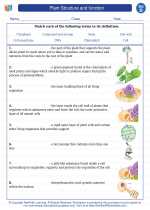
 Vocabulary/Answer key
Vocabulary/Answer key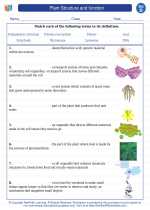
 Vocabulary/Answer key
Vocabulary/Answer key
 Vocabulary/Answer key
Vocabulary/Answer key
